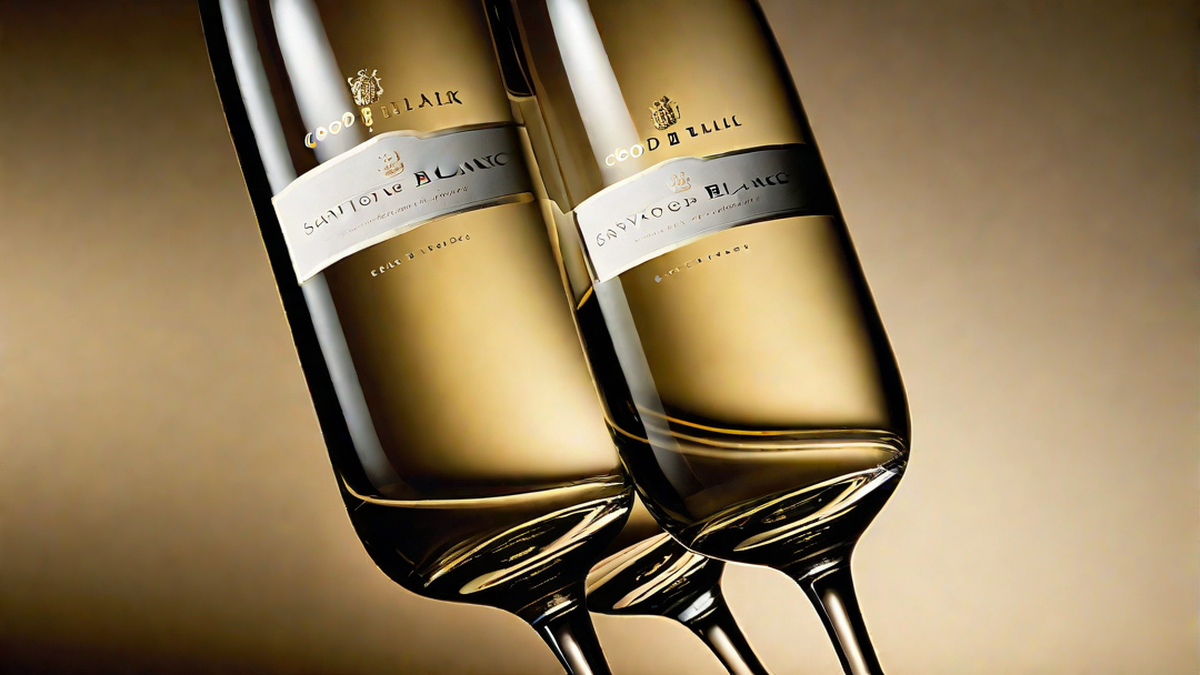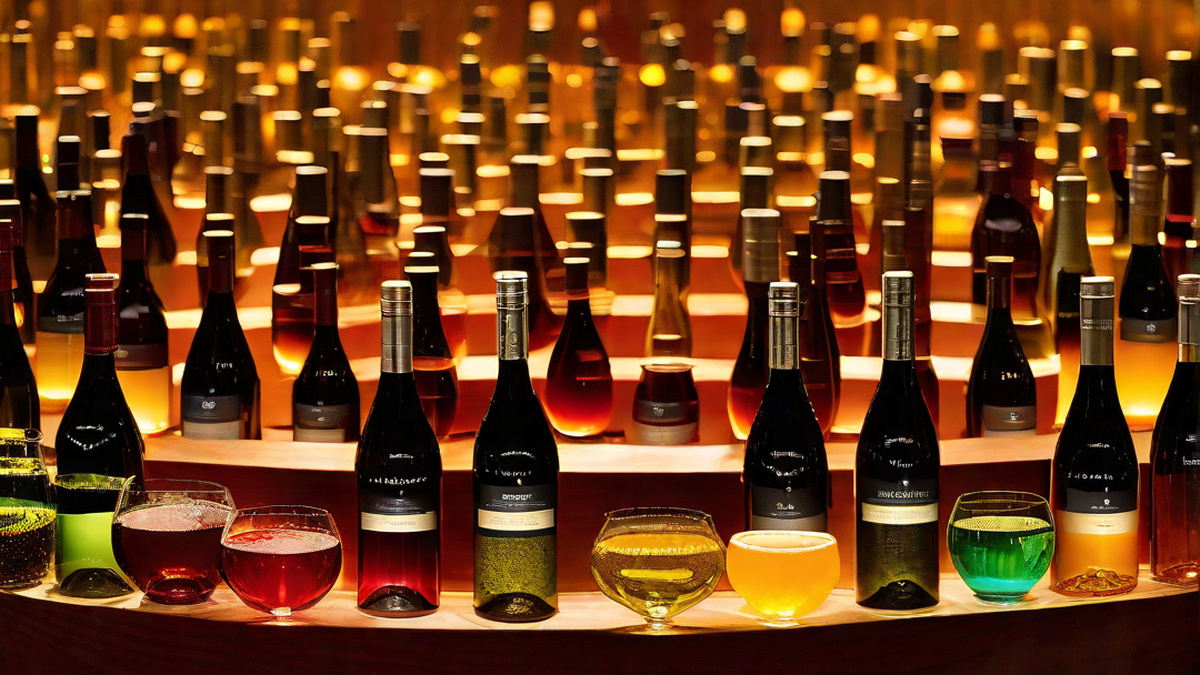When it comes to savoring a delicious bottle of Cabernet Sauvignon, you may ask yourself how long this wine can be stored before its appeal begins to diminish. As a passionate wine connoisseur and admirer of everything Cabernet Sauvignon, I have to note that the aging capabilities of this type of wine are truly impressive.
First and foremost, it is important to understand that not all Cabernet Sauvignon wines are created equal. Factors such as the vintage, winemaking techniques, and the region in which the grapes were grown can greatly influence the aging potential of a particular bottle. That being said, on average, Cabernet Sauvignon has the capacity to age gracefully for anywhere from 5 to 20 years.
One of the key components that allows Cabernet Sauvignon to age so well is its high tannin content. Tannins are natural compounds found in grape skins, seeds, and stems that give red wines their structure and longevity. Cabernet Sauvignon, in particular, is known for its bold and robust tannins that provide a firm backbone to the wine.
As Cabernet Sauvignon ages, these tannins gradually soften and become more integrated into the wine, resulting in a smoother and more complex flavor profile. The wine may develop secondary characteristics such as leather, tobacco, and cedar notes, adding layers of depth and nuance to the overall tasting experience.
However, it is worth noting that not everyone prefers the taste of aged Cabernet Sauvignon. Some wine drinkers, myself included, enjoy the vibrant and fruit-forward flavors that can be found in younger Cabernets. These wines often exhibit notes of blackcurrant, blackberry, and plum, with a velvety texture that is simply irresistible.
So, how do you determine if a bottle of Cabernet Sauvignon is still good to drink or if it has passed its prime? One of the simplest ways is to inspect the cork. A dry or crumbling cork can be a sign that the wine has been exposed to excessive oxygen and may have deteriorated. Additionally, check the color of the wine. A red wine that has turned brownish or brick-colored may indicate oxidation and is likely past its peak.
Ultimately, the decision to drink a bottle of Cabernet Sauvignon is a personal one. Some people enjoy the earthy and mature flavors that come with age, while others prefer the youthful exuberance of a younger wine. It is all about personal preference and what brings you joy.
In conclusion, when it comes to the aging potential of Cabernet Sauvignon, the possibilities are truly endless. Whether you prefer the vibrancy of youth or the complexity of maturity, there is a Cabernet Sauvignon out there that will suit your palate. So go ahead, uncork that bottle, and savor every sip, knowing that you are experiencing a truly remarkable wine.




